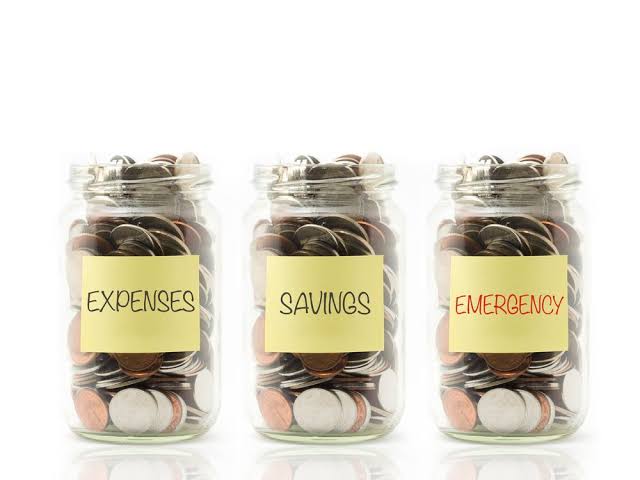
Is your business financially secure? Learn how to build an emergency fund for your business — a crucial safety net for unexpected costs. Discover practical steps to save, set goals, and protect your business from financial shocks.
Table of Contents
- Why Every Business Needs an Emergency Fund
- How Much Should Your Business Emergency Fund Hold?
- Practical Steps to Build an Emergency Fund for Your Business
- Where to Store Your Business Emergency Fund
- Conclusion: Secure Your Business’s Future Today
Why Every Business Needs an Emergency Fund
Running a business comes with its fair share of surprises — and not all of them are pleasant. Whether it’s an unexpected equipment breakdown, a sudden drop in sales, or an unplanned tax bill, having a business financial safety net for your business can mean the difference between staying afloat and sinking under pressure.
Think of it as a financial cushion — a dedicated reserve of money that protects your business from unexpected disruptions. Without this safety net, you risk dipping into operational funds or, worse, taking on high-interest loans just to keep your business running.
In today’s unpredictable economy, an emergency fund for your business isn’t a luxury — it’s a necessity.
How Much Should Your Business Emergency Fund Hold?
Wondering how much is “enough” for your business financial safety net? While the exact amount depends on your business size, industry, and operating costs, a solid rule of thumb is to save at least 3 to 6 months’ worth of operating expenses.
Here’s a simple way to calculate your target:
- Monthly fixed expenses (rent, utilities, payroll): $5,000
- Variable expenses (inventory, marketing): $2,000
- Total monthly costs: $7,000
Goal: Save $21,000 to $42,000 for your business emergency fund.
Remember, the goal is not to build this overnight. It’s a step-by-step process — what matters is consistency.
Practical Steps to Build an Emergency Fund for Your Business
Let’s break down the process into actionable steps. Here’s how to start building your business emergency fund without straining your cash flow:
1. Set Clear Savings Goals
Determine how much you need based on the formula above. Set realistic monthly or quarterly targets to make it achievable.
2. Automate Your Savings
Treat your business financial safety net like a non-negotiable expense. Set up automatic transfers to a separate savings account — this removes the temptation to spend the money elsewhere.
3. Cut Unnecessary Costs
Audit your business expenses. Are there any subscriptions you no longer use? Can you negotiate better rates with suppliers? Redirect these savings straight into your emergency fund.
4. Create a “Rainy Day” Revenue Stream
Explore additional income streams — offer a new product, launch an online course, or rent out unused office space. Allocate all profits from these side ventures to your business emergency fund.
5. Review and Adjust Quarterly
Your business evolves — and so should your savings strategy. Schedule quarterly reviews to adjust your target amount as your business grows or expenses shift.
Where to Store Your Business Emergency Fund
Now that you’ve started building your business emergency fund, the next step is deciding where to keep it safe — and accessible.
1. High-Yield Business Savings Account
A high-yield account allows your fund to grow with interest, keeping your money liquid for quick withdrawals in case of emergencies.
2. Money Market Account
These offer a balance between growth and accessibility — perfect for business owners who want to earn interest without locking funds away.
3. Business Emergency Fund-Specific Account
Consider opening a dedicated business emergency fund account to avoid mixing it with operational finances. This reduces the risk of accidental spending.
Secure Your Business’s Future Today
Building an emergency fund for your business isn’t just about preparing for the worst — it’s about creating financial stability and peace of mind. It shields your business from sudden shocks, ensuring you can navigate unexpected challenges without derailing your operations.
Start small, stay consistent, and watch your business emergency fund grow. Your future self — and your business — will thank you.
Ready to take control of your business finances? Begin building your business emergency fund today and secure a stronger, more resilient tomorrow.





